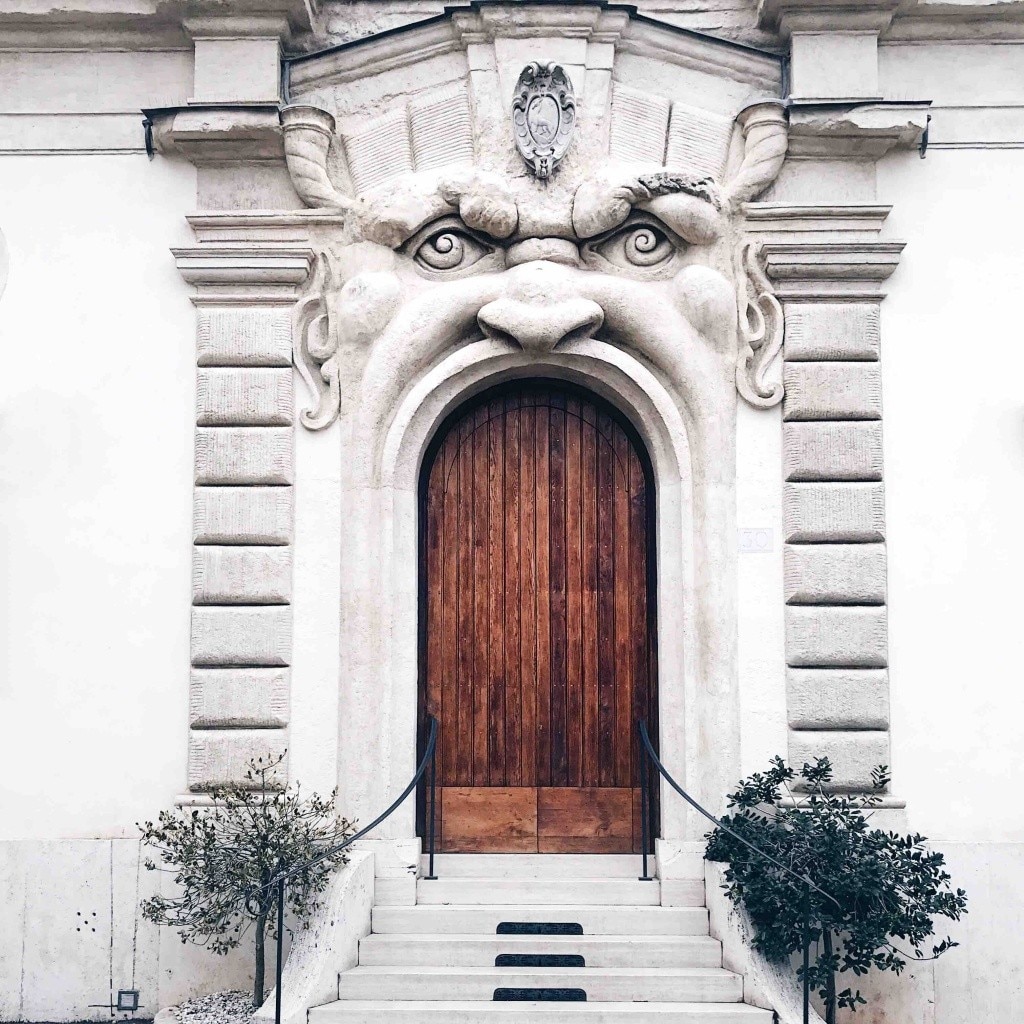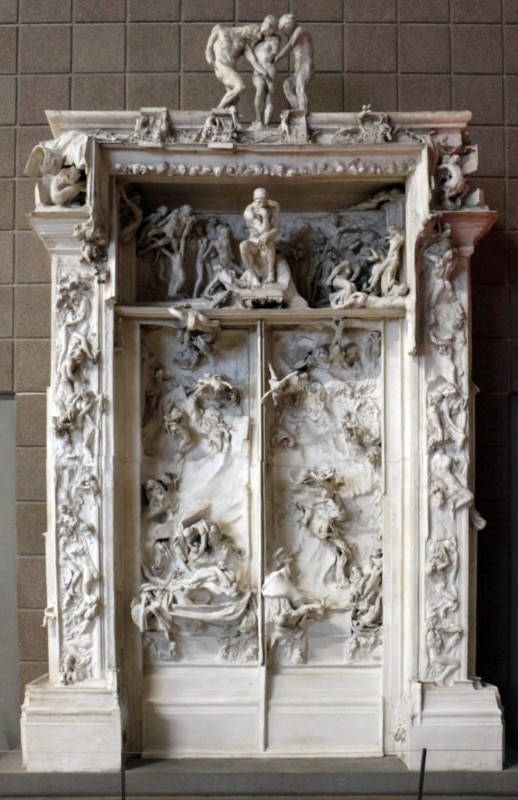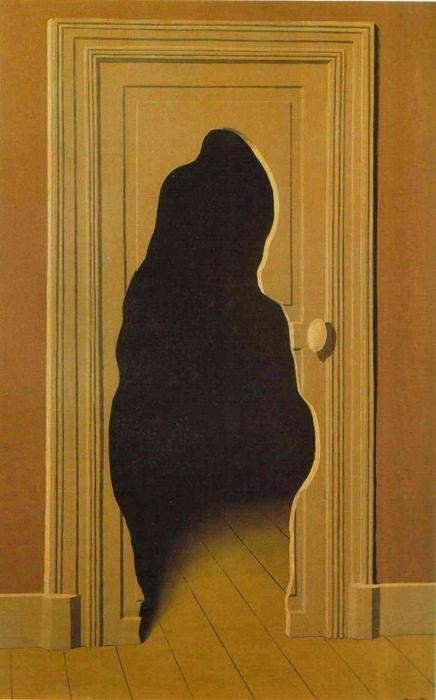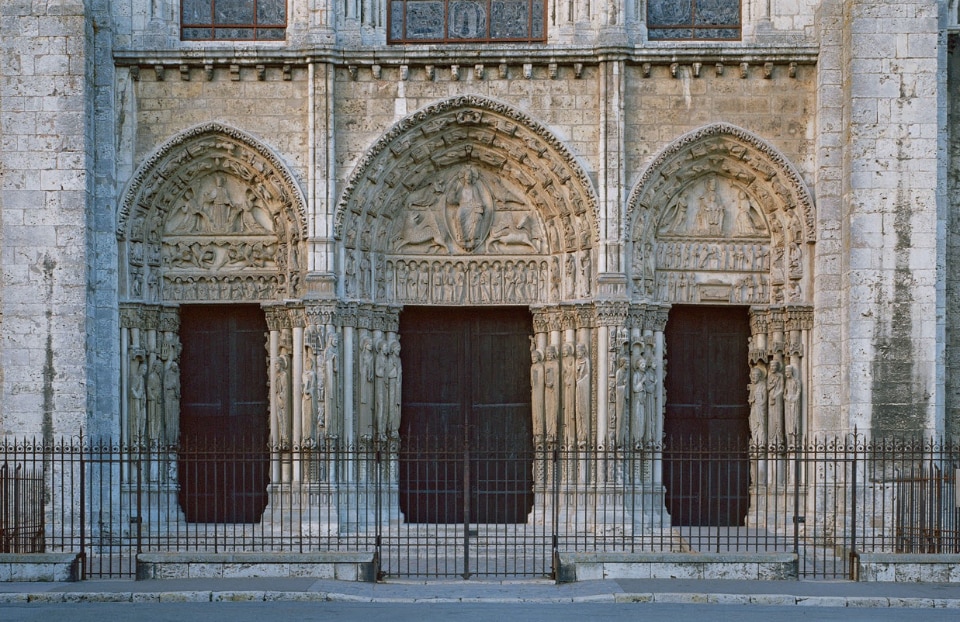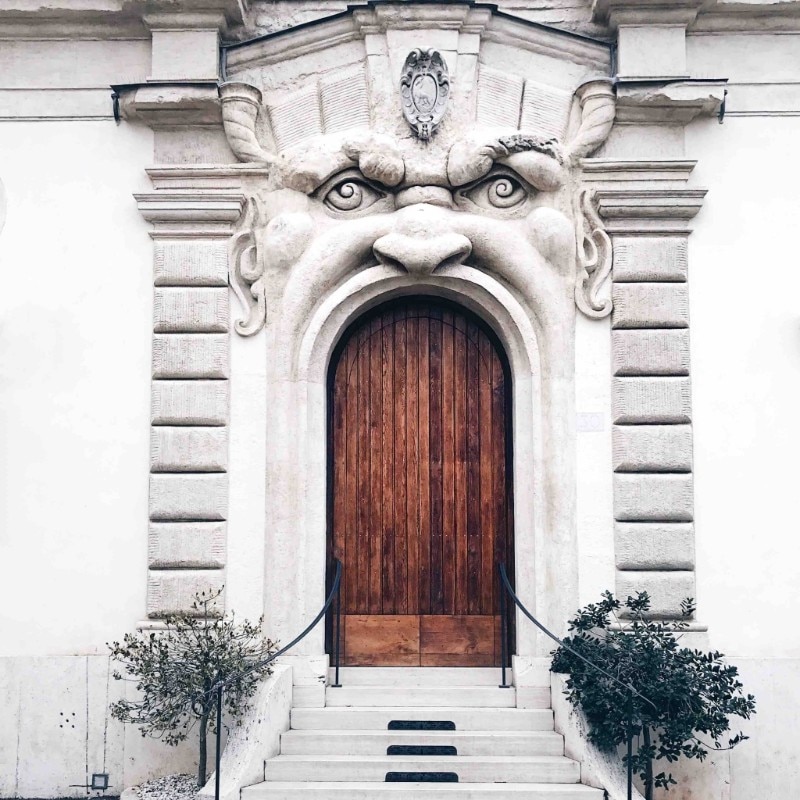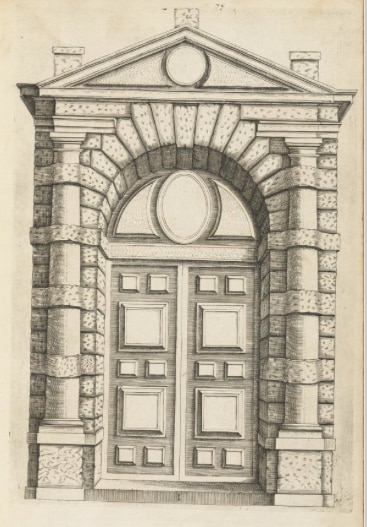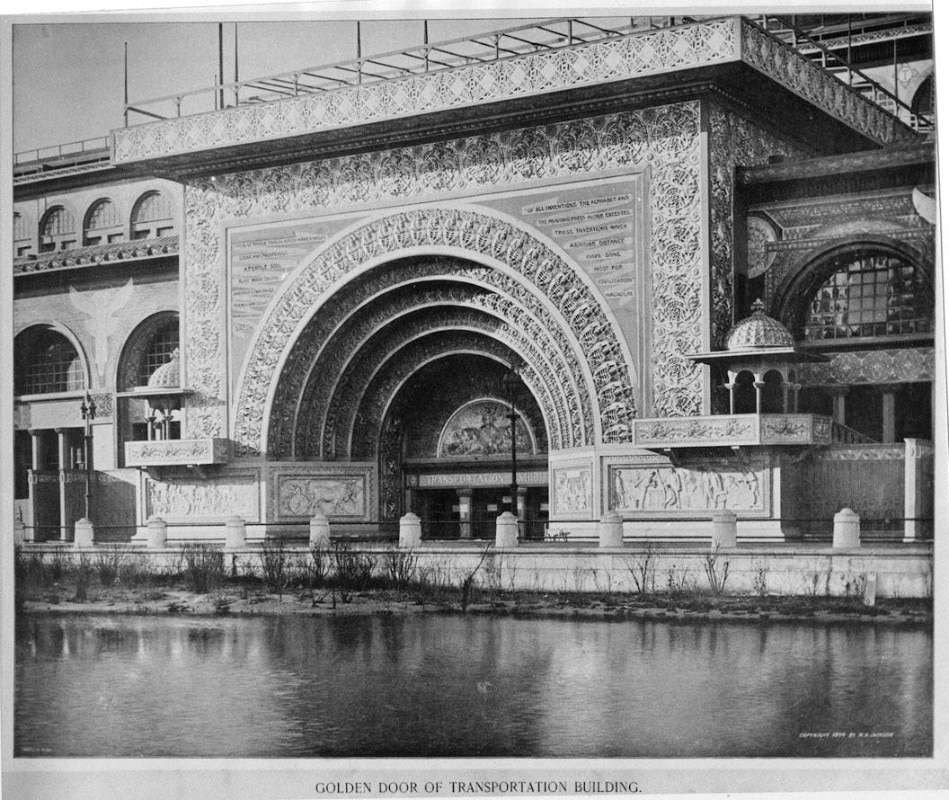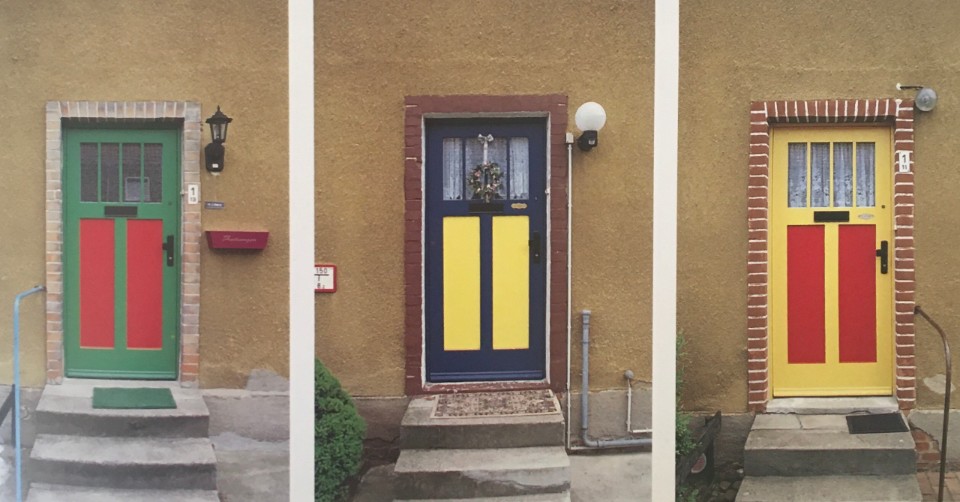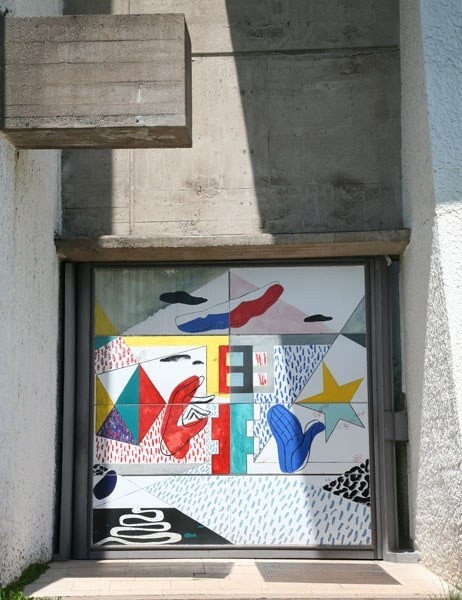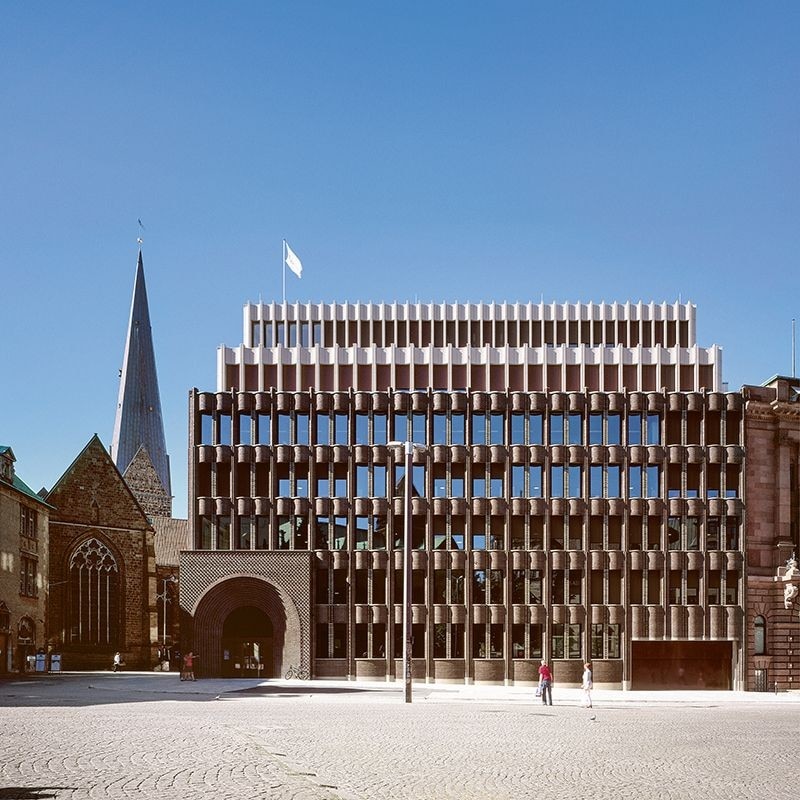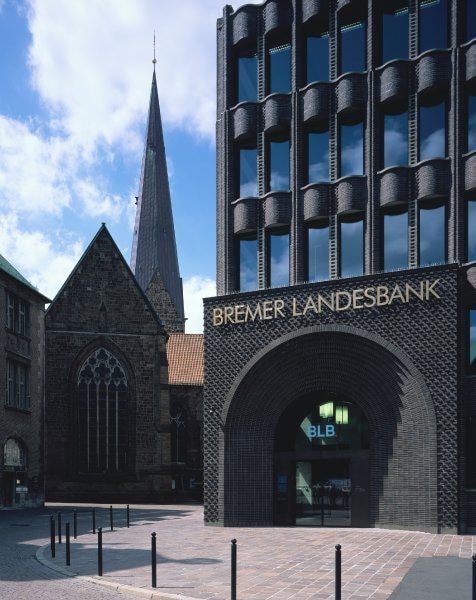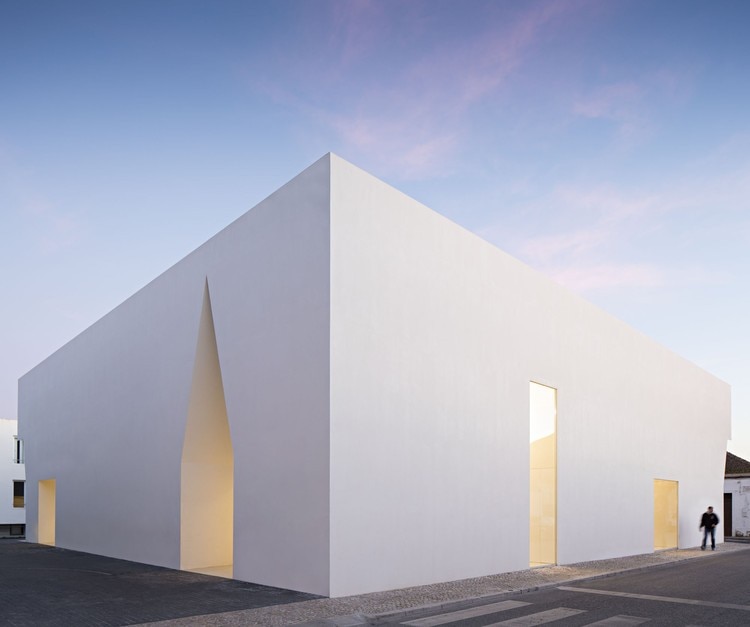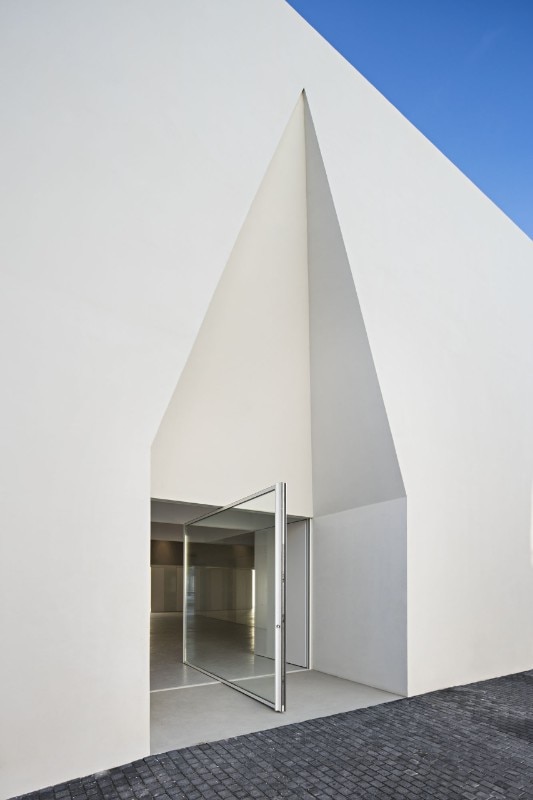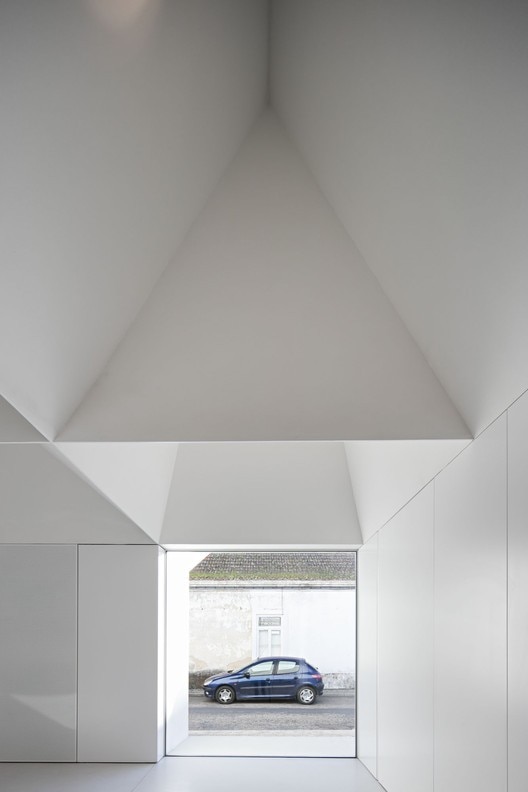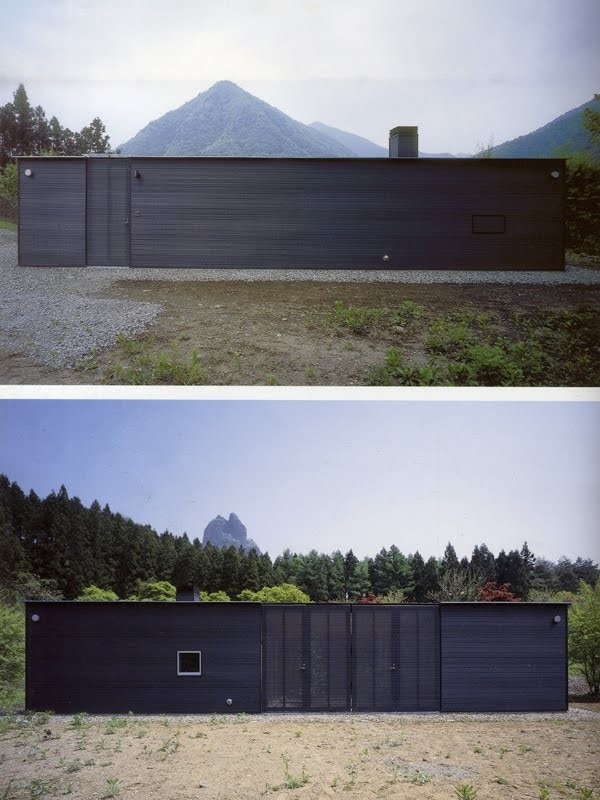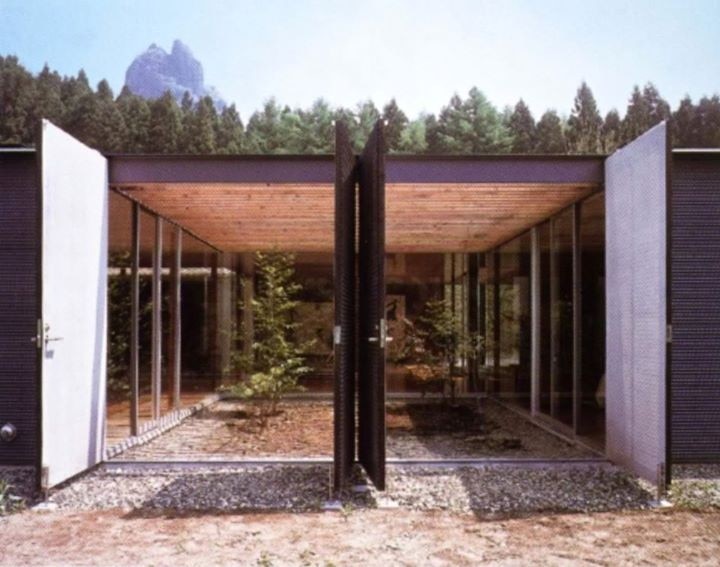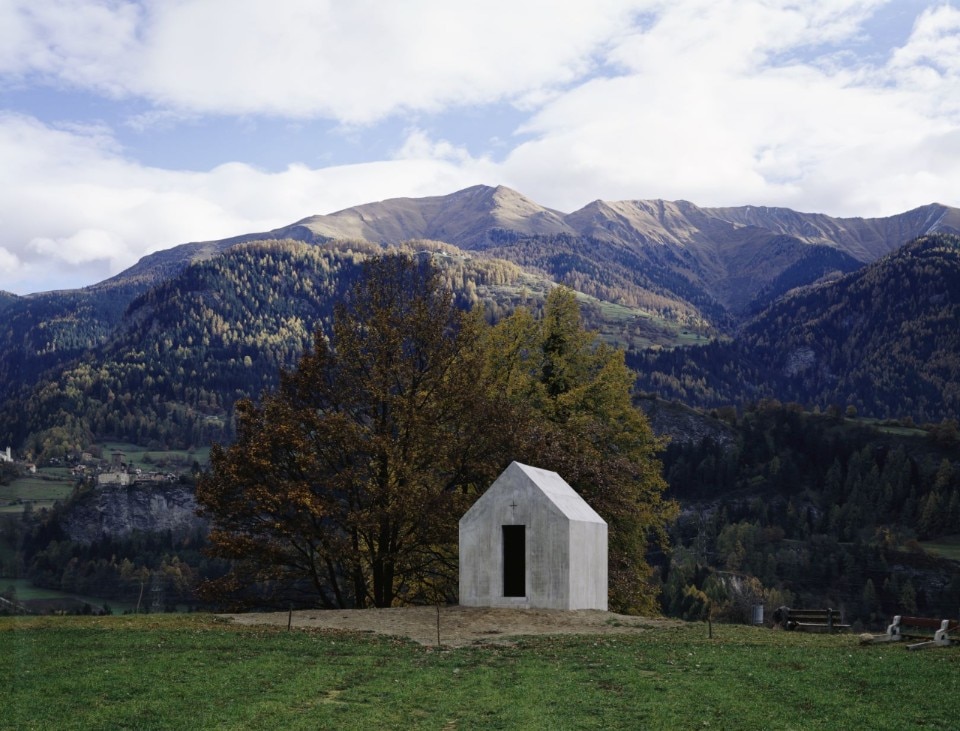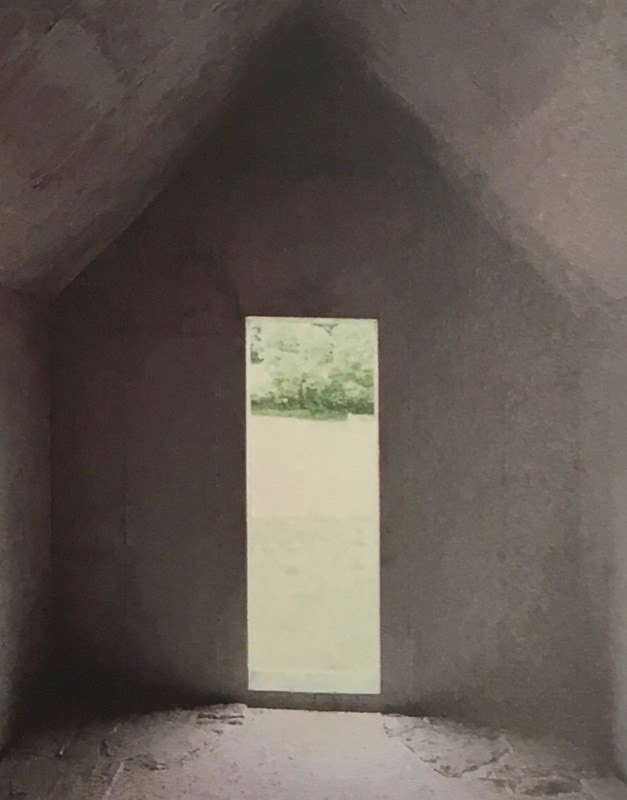The term “door” indicates a movable structure used for giving access to something or for opening and closing an entrance. The door is a very simple element in its conception and application and yet has ambivalent meanings: it allows to enter and at the same time to exit a limited space; the door provides privacy and safety, but at the same it guarantees freedom and transparency. Thanks to this dialectical character, the door has earned over time a great symbolic value and, in fact, appears in the most diverse fields - literature, art, philosophy, cinema and even music. Just think of the gates that Dante, the writer of the Divine Comedy, encountered during his “journey”: they change their size according to the places to which they give access; or think of Auguste Rodin’s “The Gates of Hell”, a monumental sculptural group that tells Dante’s story; or even of the doors of René Magritte and Marcel Duchamp: the Belgian artist paints doors that, although closed, let you enter a marvellous, enigmatic, and mysterious nocturnal dimension, while Duchamp represents the double essence of the door in Rue Larrey 11 by making it serve two doorways: the door is open and closed at the same time.
Even in architecture, the door has taken on a leading role: it is a secondary, instrumental element - if considered in relation to the complexity of an architecture - and yet it is the first thing with which people come into contact when entering a building: through the door you can enter other “worlds”. The doors of Romanesque and Gothic cathedrals interpret this concept in another way: they are literally covered in sculptures and figures carved on the splays, frontispieces and arches.
Even in architecture, the door has taken on a leading role: it is a secondary, instrumental element and yet it is the first thing with which people come into contact when entering a building
The elements of these doors define them, and symbolically show the nature of their respective spaces: they are the face of the buildings. During the Renaissance, numerous essays were written about doors: their decorations, which define and distinguish the emptiness of the passage, are the subject of many variations. And if Vincenzo Scamozzi in his “The Idea of a Universal Architecture” talks - like all Renaissance treatises - about its organic conception; and if Vitruvius and Palladio emphasize how the aesthetics of doors must match the importance and characteristics of buildings, as well as to the “qualities” of the client; then Sebastiano Serlio, who even dedicated an entire book to doors, came up with something totally different: The “Estraordinario Libro” is a catalogue of doors - architects can look at it, as if it were a modern catalogue. Louis Sullivan’s Golden Door in Chicago or Olbrich’s Door in Darmstadt derive their symbolic character from the frames and artistic elements that define them, while industrialization and standardization paved the way for another kind of variation: in sticking with their respective historical period, the simple and inexpensive panel “doors” of Bruno Taut’s Hufeisensiedlung, for example, have different frames and panel colours because they are designed as part of the broader “not aesthetic, but ethical” task of making working-class neighbourhoods more liveable.
When the door reappeared at the Venice Architecture Biennale in 2014 among the “Elements of architecture”, it had become “dematerialized”: between the end of the 20th century and the beginning of the 21st, the doors took on the characteristics of transparency, flow and connection typical of our times, while at the same time incorporating increasingly refined security tools.
However, this is not without multi-faceted exceptions that highlight their endless variations. The door of the Bremer Landesbank designed by Caruso St. John Architects, for example, is part of the long tradition of doors with large frames in which, however, the symbolic and artistic details are now replaced by an inscription, in the style of Robert Venturi; there are many doors in Aires Mateus’ Community Centre in Grândola, and yet its main entrance differs from all the others: the recessed entrance anticipates the spatial qualities of the building: the door is the face of the building itself; Ambivalent are also the doors of the Weekend House by Kazuyo Sejima and Rue Nishizawa: in all their dimensional and material characteristics, they match those of a building that makes introversion its distinctive feature and yet, when the house is inhabited, the doors become large windows that reveal the interior; the Chapel in Oberrealta by Christian Kerez doesn’t have a door: in fact, “in the beginning”, the door was simply an opening made in a wall to allow a passage.


